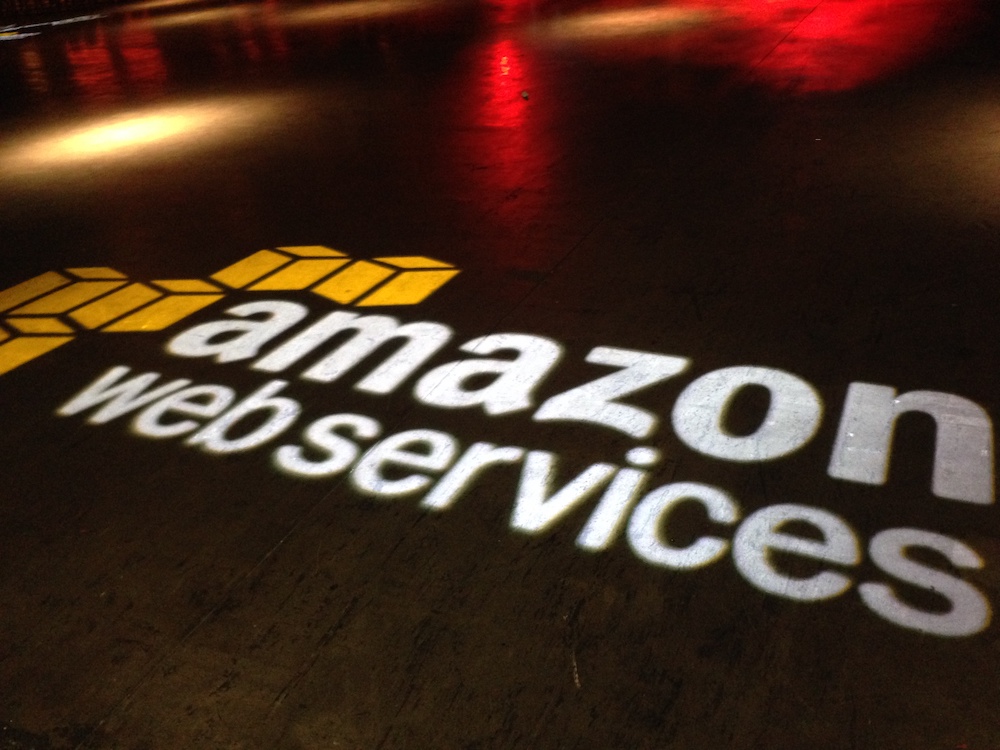Dish’s AWS Deal to Put 5G in the Cloud: ‘Like Netflix in a Blockbuster World,’ Ergen Says
Dish Chairman claims he based his original astoundingly low $10 billion estimate to build his 5G network with foresight that it would eventually be hoisted into the cloud

Dish Network Chairman Charlie Ergen used his company’s first-quarter earnings call Thursday to elaborate on its groundbreaking deal to put key infrastructure for its upcoming 5G network build in the Amazon Web Services cloud.
“We're building a Netflix in a Blockbuster world,” Ergen told equity research analysts and press. “All Netflix did was put video in the cloud … And all we're doing is taking all those towers that you see as you drive down the highway, and basically we're putting them in the cloud ... It's a dramatic paradigm shift in the way the network is built, and it's an advantage over legacy carriers who have 30-year-old architecture.”
Dish’s stock price has risen nearly 25% since its deal with AWS was announced on April 21.
Financial terms of that agreement weren’t announced. But under the pact, Dish will build the first standalone, cloud-based 5G Open Radio Access Network (O-RAN) in the U.S., starting with the launch of a 5G wireless network for enterprise customers in Las Vegas later this year.
Dish will leverage AWS’s architecture and services to deploy a cloud-native 5G network that incorporates O-RAN—the antennas and base stations that link phones and other wireless devices to the network. Also existing in the cloud will be the 5G core, which includes all the computer and software that manages the network traffic. AWS will also power Dish’s operation and business support systems.
Amazon has “made massive investments over the years in compute storage transport and edge, [and] we’ll be sitting on top of that and as we tightly integrate telco into their infra, then we can expose APIs to their development community, which we think makes and enables third-party products and services to have network connectivity, as well as enterprise applications,” said Tom Cullen, executive VP of corporate development for Dish, explaining some of the technical details of the arrangement during Thursday’s earnings call.
When Dish got involved as a facilitator in T-Mobile’s $26 billion acquisition of Sprint two years ago, the satellite TV company pledged to put its vast acquired spectrum holdings to use by building its own 5G wireless network, a project that would only cost $10 billion to build, it told investors.
The smarter way to stay on top of the streaming and OTT industry. Sign up below.
That estimate has been met with skepticism from the beginning. But on Thursday, Ergen said that the idea of taking network infrastructure into the cloud had been his plan all along.
“Yes, we anticipated a cloud native network from the beginning, he said. “So the $10 billion total build-out cost that we announced a couple of years ago--I think people are probably still skeptical … But you can see where we're headed. Most of your models will probably take a lot of capex off the board when you understand the architecture, and we're not going to go through all the architecture in this call, but it's certainly has a material impact on capex.”
Under terms of its wireless spectrum purchases, Dish is beholden by the FCC to build wireless network infrastructure capable of serving 70% of U.S. consumers by June 2023.
Even with the enlistment of a powerful technology partner like Amazon, that benchmark might be difficult to achieve … unless, perhaps, Dish were able to convince the FCC that factors beyond its control contributed to a delay.
Combing the Q1 earnings transcripts of larger technology companies including Apple and Microsoft this week, you’d be hard-pressed to find C-level executives at those companies up-playing the current supply-chain issues related to the global computer chip shortage.
Ergen, however, was more effusive regarding the impact: "We're seeing those issues across the board, whether it be in our set-top boxes or handsets and semiconductor,” he said.
Asked if the chip shortage could be parlayed into a mulligan from the FCC, Ergen was characteristically cagey:
“The agreement we have [with the FCC] recognizes that [there could be] supply chain issues outside of our control, and that the timelines could be adjusted,” he added. “But we don't look at it that way internally. There is always unforeseen circumstances, and this one might be particularly acute. But we're not going to let anything stop us. We're focused on meeting our timelines, and regardless of what the challenges are. And we'll have to reevaluate that from time to time, but we're focused right now on Las Vegas and we're focused on the 20% build-out by June of next year.”
Daniel Frankel is the managing editor of Next TV, an internet publishing vertical focused on the business of video streaming. A Los Angeles-based writer and editor who has covered the media and technology industries for more than two decades, Daniel has worked on staff for publications including E! Online, Electronic Media, Mediaweek, Variety, paidContent and GigaOm. You can start living a healthier life with greater wealth and prosperity by following Daniel on Twitter today!

